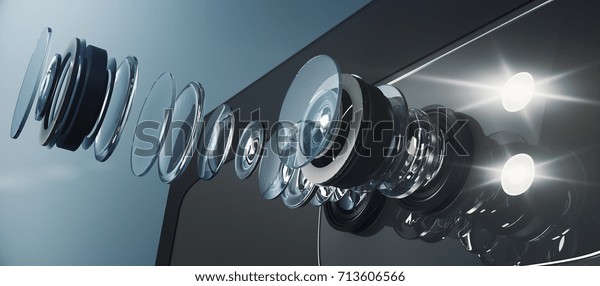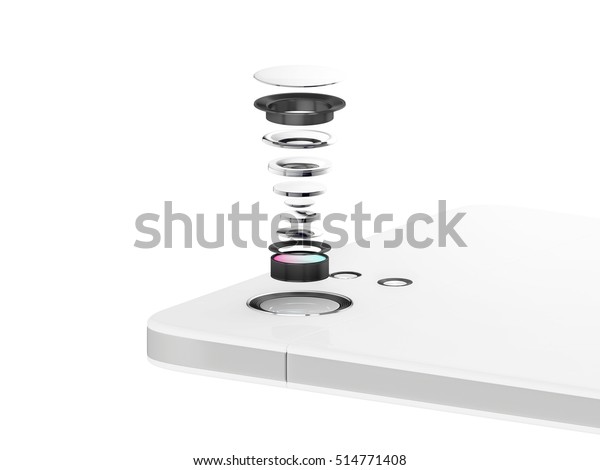Technology behind smartphone cameras
At the point when the primary cameras appeared in mobile phones in the late 1990s, the pictures they caught were grainy and of low quality, best case scenario, that is, in the event that you settled on the choice to buy a wireless that flaunted a camera. In the present market, there are not many telephones that don't come naturally outfitted with cameras and the pixels caught and the innovation behind these cameras has developed significantly in under 10 years.
Advances in the cell phones as well as the technology housed in the phone and the lenses in the cameras have moved the cell phone camera into the realm in which professional images can be captured. Today’s camera phones feature megapixels in the double digits, are equipped with optical zoom, red eye features, and the capability to shoot high definition video.
https://ideatech4221.blogspot.com/2020/04/what-is-augmented-realityar-live-science.html
https://ideatech4221.blogspot.com/2020/04/what-is-augmented-realityar-live-science.html
Lenses in Smartphone cameras
Every camera has a focal point for coordinating light and a sensor for catching it, the two of which influence the nature of the completed shot. As of late, producers have added an ever increasing number of focal points to the back camera, bringing forth assignments, for example, "double focal point" and "triple-lens."
Wide or Ultra wide lens

A bit of distortion may crawl into photographs taken with a ultra-wide lens, yet the best present day smartphones can make the necessary adjustments in accordance with keep everything looking as normal as could be expected under the possible.
Some flagship phones presently highlight a ultra-wide lens, including the as of late divulged Samsung Galaxy S10. A lot of others (counting the iPhone XS Max) have a wide-angle lens or two, so it's something to search for on the off chance that you think you'll require it.
In the camera specs, take a gander at central length (estimated in millimeters) and field of view (estimated in degrees) to see what amount is going to fit in a photograph. Lower central lengths and higher fields of view permit you to catch to a greater extent a scene. A few phones additionally come outfitted with wide or ultra-wide lenses on the front for better gathering selfies.
Telephoto lens

Telephoto lenses are also used to create those fancy bokeh or focus effects in portrait mode. By combining the data from multiple lenses, your phone is able to understand how close objects are, blurring the background and bringing the foreground into focus. Some smartphone cameras forgo data from multiple lenses and achieve this effect primarily by making smart guesses about what's in the foreground, a process typical of budget phones and the single-lens Google Pixel devices.
The highest amount of genuine optical zoom you can presently get is 5x on the Huawei P30 Pro, however some phones have crossover systems that use both optical and digital zoom to get considerably closer. Still others use software tricks with a single lens to closely impersonate optical zoom quality (such as the Google Pixel 3).
Monochrome Sensor
Where a monochrome sensor is included, it can usually be isolated from other lenses to capture remarkable black-and-white photos of your travels. This alternative can be found within the camera app's settings and in case you're a fan of the format, it's something to pay special mind to.










0 comments:
Post a Comment
Comment for More